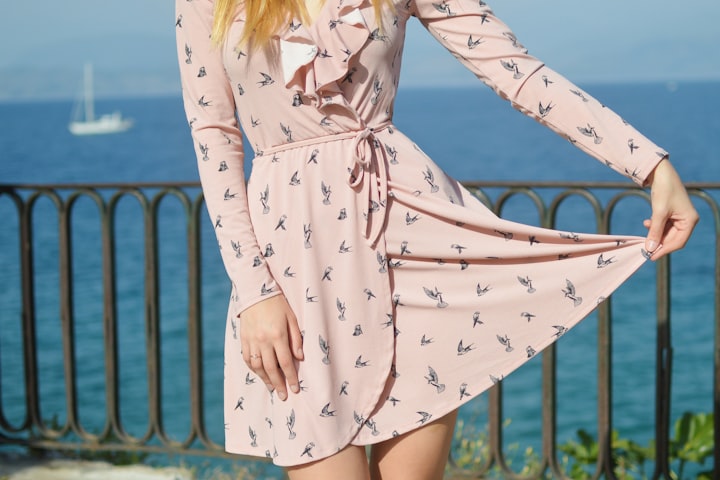
The one thing that generally intrigues me by and by, while taking a gander at a Victorian-styled dress, is the sheer "workmanship" that can be so obviously seen. Each dress was cut, set up and sewn — manually! These dresses were "High-Style" and basically the same as our High fashion today. The ability of the embroiderers who appended their piece of work to the dress is equivalent to the dresses the rich ladies wore in the Tudor Period. It is no big surprise that these dresses were so costly, when we contemplate the time required to 'make' them and the sheer ability — it is no big surprise that main the extremely rich could really bear the cost of these dresses.
During Sovereign Victoria's life, design for ladies changed decisively, however 'the woman generally looked so female and delightful'. This, obviously, simply truly applied to the Privileged women who didn't have to work professionally. Nonetheless, in any event, for the Lower Classes, there were sure things of attire that each lady would wear.
I'm alluding to the "Girdle". Ladies have consistently worn girdles, however during the Victorian Period, this thing of attire became 'outrageous'. The bodice should 'shape the midriff', and was frequently made of materials like wood, metal and even baleen (a keratinous material otherwise called whalebone), sewn into hard wearing cotton and consistently hand-sewn. This 'should' be adaptable and strong. The undergarment was such a "staple" of ladies' clothing, that even servants (who worked in homegrown help), wore them while working.
Skirts in those days were huge, ringer formed and with various layers of underskirts. One of the slips was designated "the enclosure crinoline". It was comprised of steel bands which expanded in distance across towards the sew. This saved wearing a few underskirts all at once, when the enclosure crinoline made the similar end result. The innovation of the sewing machine made this article of clothing less expensive to make and purchase, since it became 'efficiently manufactured'. Nonetheless, 'the woman' needed to figure out how to walk and sit, while wearing these crinolines, without uncovering their lower legs or potentially underwear.
By the 1860s, the volume of the skirt started to move towards the back (or back) of the skirt. Skirts currently had a compliment front and the 'style' stressed the rear of the lady. A changed rendition of the crinoline had a level front with back half-circles. The "Clamor" presently became famous, with the material of the skirt being assembled at the back, projecting out underneath the midriff. The enhanced visualization was lovely, however it was an entirely awkward style of dress/skirt to wear.
The bodices and shirts (to go with these skirts) had high necks which were hardened with bone or wire. The jaw was held up and the hair was puffed out and finished off with an enormous cap, which was gotten by a cap pin. This was day wear. The night dresses were made of weighty silks, with boned bodices and consistently a train emerging from the skirt. Once more, gorgeous to check out however so undeniably challenging to wear.
However, this is the manner by which the High society women lived. The Working Classes 'replicated' yet the Lower Classes could bear the cost of second-hand or leftover garments, doing their own modifications.
Something we would track down odd today, is the "Rules" that must be followed where 'dress/design' was concerned, particularly (once more) for the women. There must be a dress for each event. In spite of the fact that dresses could be worn for more than one reason, explicit standards 'administered' when each kind of outfit is fitting to wear. "It is off color to accept your morning brings in an intricate night dress as it is go to a ball in your morning covering. — It is a sign of sick rearing to draw your gloves on in the road — take a couple of seconds more in your changing area thus organize your dress that you won't have to think about it again while you are out", (The Women Book of Manners and Manual of Consideration, 1872). Articles of clothing were 'ordered' when of day they were intended to be worn => morning, evening, evening.
Today, we take a gander at the photos of these wonderful dresses without understanding the 'inconvenience' these women went through to look so lovely.
Here are a portion of the outfits 'a woman' was expected to have in her closet: sacque, covering, house dress, visiting toilette, strolling/road dress, voyaging group, country toilette, shoreline ensemble, gathering dress, wedding outfit, (and the rundown goes on!) Albeit exceptionally lovely, it makes me happy that I live today, where our garments are significantly more agreeable.
About the Creator
Villa
I am a author with great experionce






Comments (2)
I enjoyed
He is a great story writer